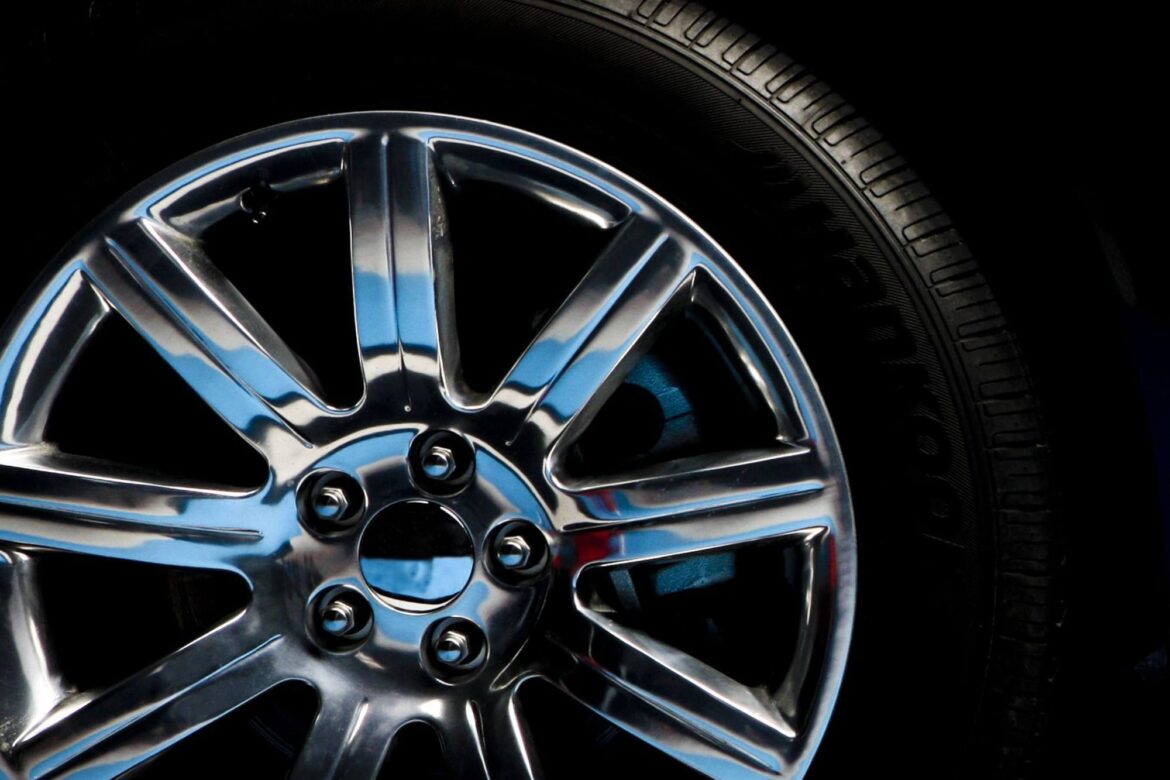1.7K
To assess the condition of a tyre, you should also read off its age. Although the law does not specify a maximum age for tyres, they should be replaced with new ones after ten years at the latest.
Reading the age of a tyre – this is how you proceed
On all tyres produced today you will find the so-called DOT notation (“Department of Transportion”). You can read several pieces of information about the tyre from this character string:
- The DOT notation always begins with the character string “DOT”. It is located on the outside of the tyre. This is followed by two up to four-digit abbreviations for the manufacturing plant and the tyre size. The last four digits are of interest to you.
- These four numbers describe the production week as well as the production year. For example, if the sequence is “5012”, the tyre was produced in calendar week 50 in 2012.
- The age of a tyre is not actually relevant by law. The tread depth is the deciding factor when it comes to whether a new set of tyres is needed. However, car tyres should generally be changed after ten years at the latest.
- By the way, it is not only worth taking a look at the age of the tyre when buying used tyres. If the tyres have been stored properly, retailers are allowed to sell up to 3-year-old, unused tyres as brand new and up to 5-year-old tyres as new.

